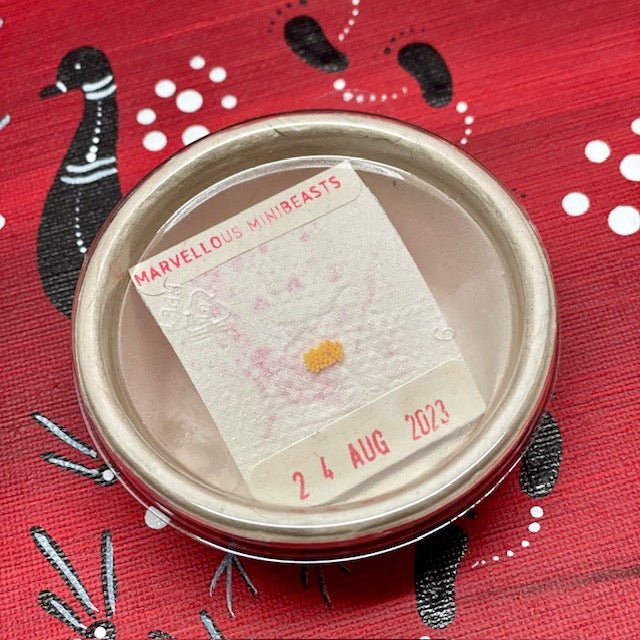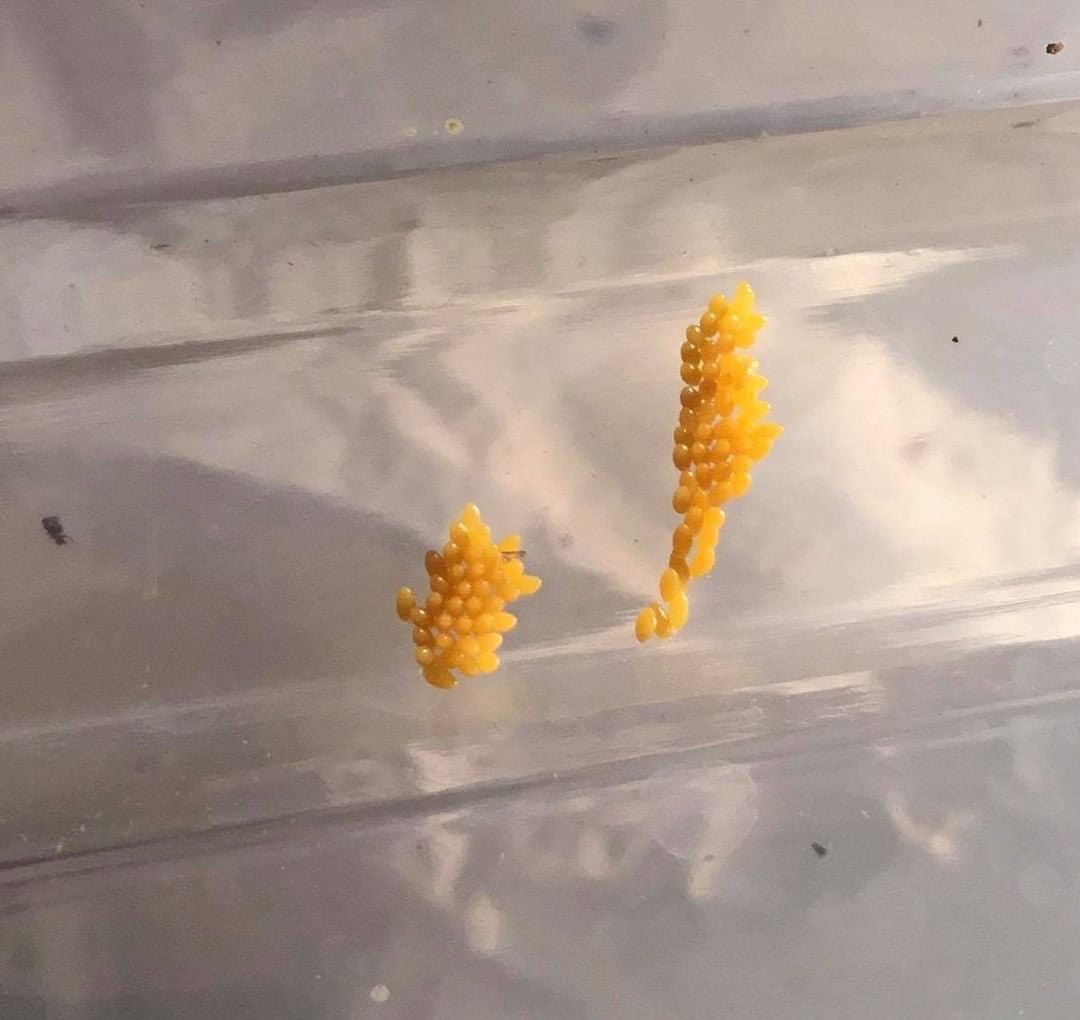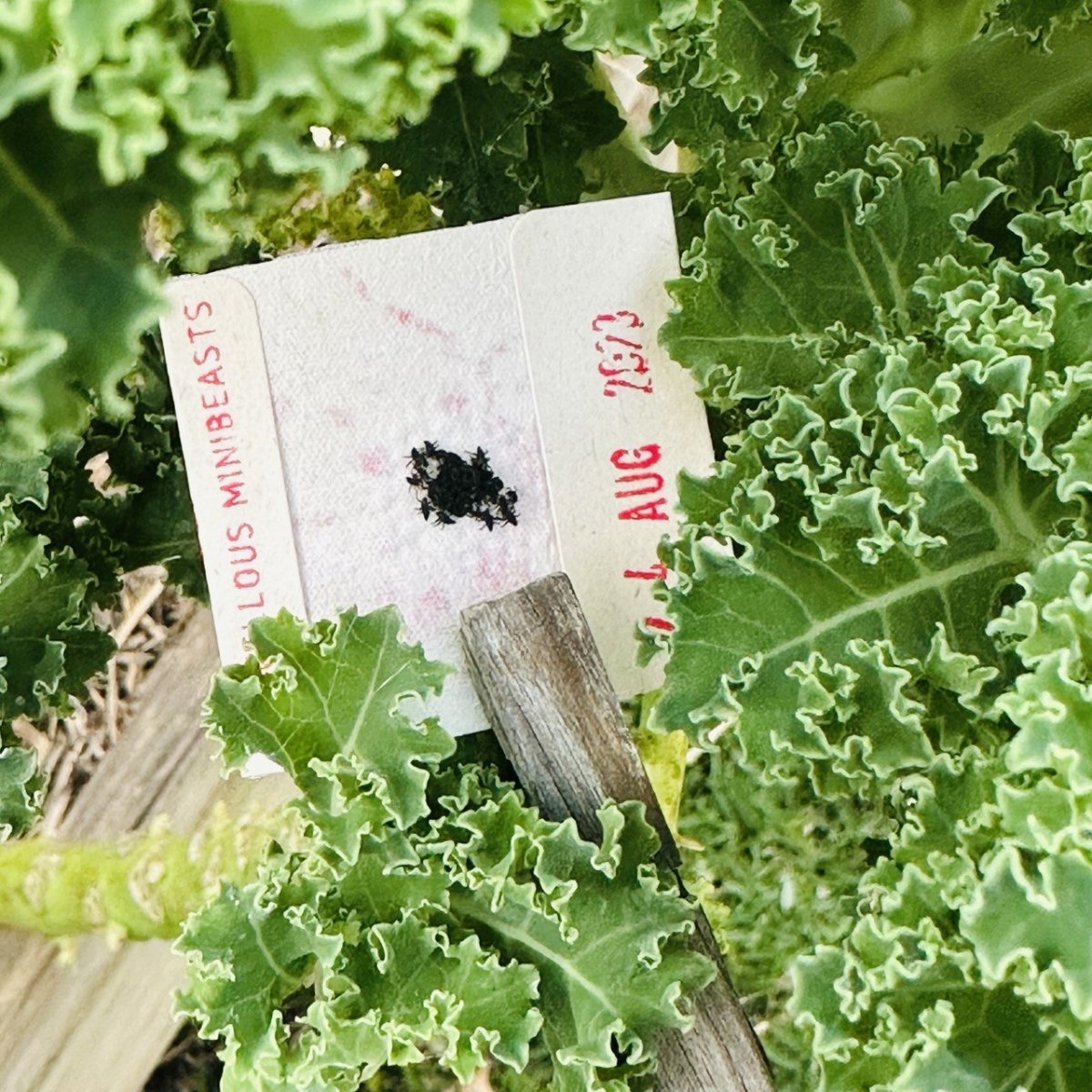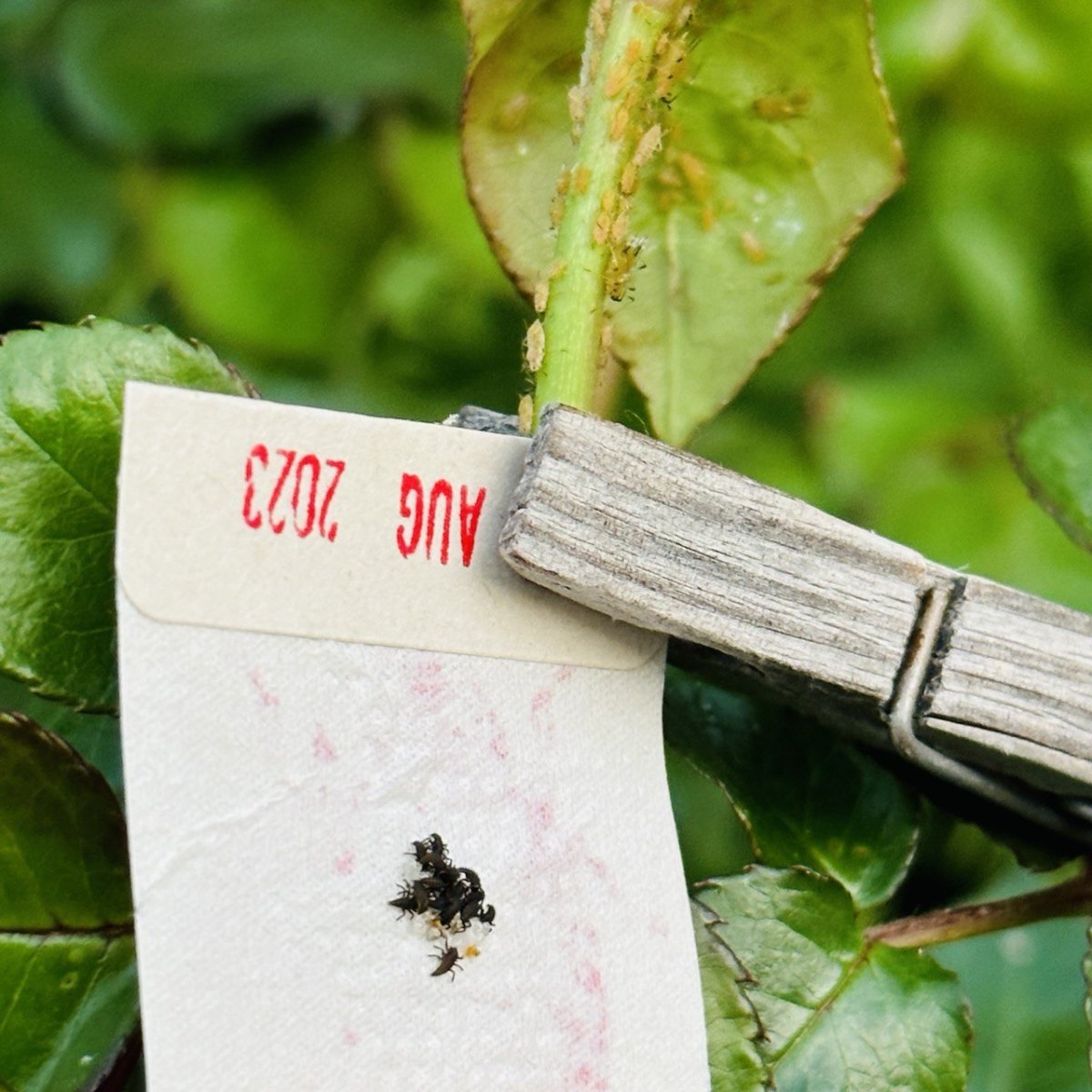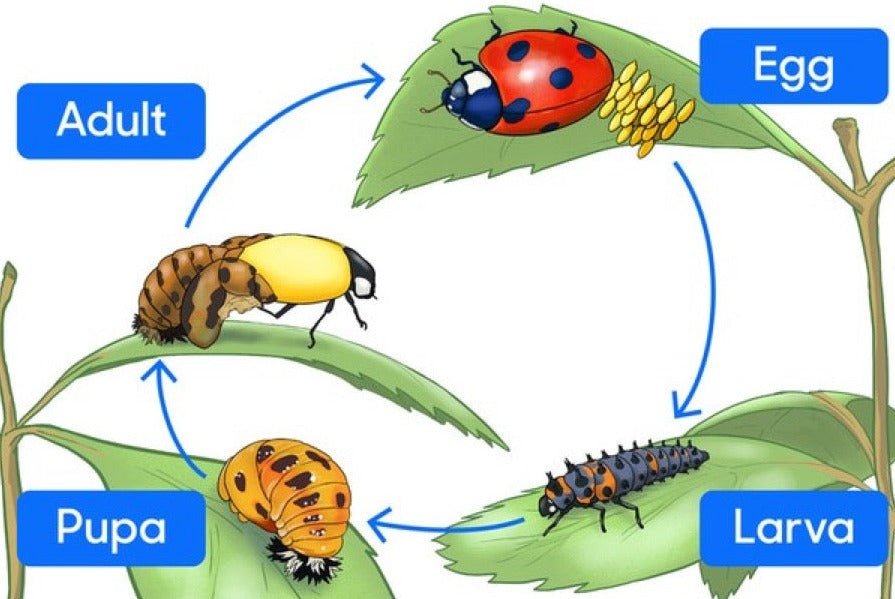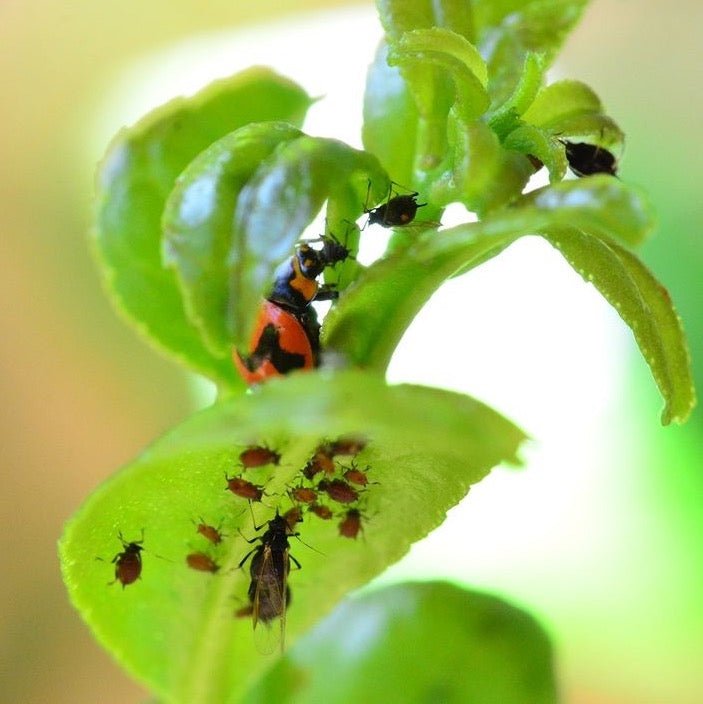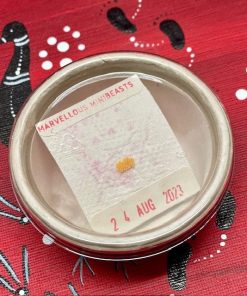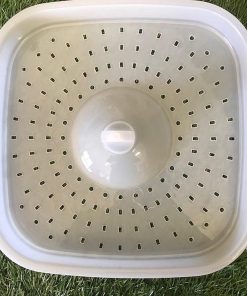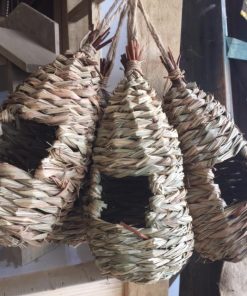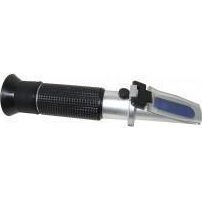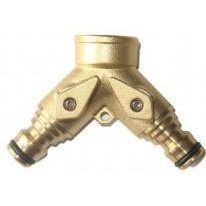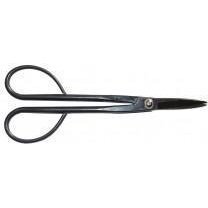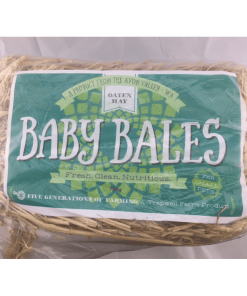Ladybird Eggs from Marvellous Minibeasts Marvellous Minibeasts
$ 9,95 $ 5,97
IN STORE PURCHASE ONLY – Due to the eggs time sensitive nature.
New eggs are received each Friday and they hatch in 4-5 days (sometimes sooner). Ideally pickup your ladybird eggs by Monday.
These ladybird eggs are exclusive to Urban Revolution for a limited time throughout Spring and the beginning of Summer.
Australian ladybirds are an exciting tool in the home gardener’s natural pest control kit. They also provide the most wonderful hands-on home science lesson for children.
Purchase these fresh ladybird eggs to control pests and grow a spray-free, flourishing garden. They are an excellent natural way of promoting a balanced garden ecosystem as part of an integrated pest management plan.
These much-loved beetles are amazing predators of aphids, mealy bugs, mites, scale, white fly, caterpillar eggs plus other insects. An adult ladybird can eat thousands of aphids during its life. Ladybird larvae are also ferocious eaters of aphids.
These wonderful ladybird eggs are bred in Perth by the Marvellous Minibeasts team.
How to Use Ladybirds to Control Pests
Each batch of 30-50 eggs is supplied inside a small compostable container, attached to a piece of paper towel. Eggs are dated to indicate when they were laid and will hatch 4-6 days after being laid.
After purchasing ladybird eggs, keep them in the container at room temperature, avoiding extremes of heat and cold. When the orange eggs begin to turn grey then black this indicates that the larvae are hatching.
After hatching, the tiny black ladybird larvae will sit in a group for about half a day before beginning to disperse to find food. Ladybird larvae are cannibalistic so it is important that they are attached to a food source soon after hatching. Try to do this after they’ve hatched but before they begin to disperse. Take care not to touch the larvae.
Simply peg paper onto a pest infested plant and let the little ladybird larvae do the rest. Once the larvae have been released into a pest hotspot you can observe their development as they clean up the target pest. The larvae will grow and moult several times before pupating and emerging as adult ladybirds. The aim is not to completely eradicate insect pests but to maintain them at a lower level that is not damaging your plants.
Ladybirds will consume a range of common garden pests including aphids, mealy bugs, scale, white fly, caterpillar eggs and many more!
Ladybirds are very effective predators of aphids but they may be harmed by pesticides. Direct spraying of infested plants and drift of pesticides from neighbouring areas should be avoided.
Price is per container – each one contains approximately 30-50 ladybird eggs.
Please bring your container and/or lid back into the store for reuse.
The ladybird species is Common Spotted Ladybird, Harmonia conformis.
About Marvellous Minibeasts
Danica McCorduodale is an entomologist and researcher at UWA. Prompted by her friend, Kirstie Pupazzoni who runs Kids Nature Club, she started breeding insects for education in 2020 to keep herself busy while being a stay at home parent to two young boys. She breeds the ladybirds in enclosures on the kitchen bench at her Como home. She also sells hugely popular ladybird lifecycle kits to schools.
Quick Shipping and Professional Packaging
Due to our longstanding partnership with UPS FedEx DHL as well as other top international carriers, we are able to provide a range of shipping options. Our warehouse staff are highly trained and will pack the goods according to our precise and exact specifications. Before they are shipped, your goods will be thoroughly examined and secured. We deliver to hundreds of thousands of customers every day in different countries. This demonstrates our dedication to become the biggest online retailer in the world. Both Europe and the USA have distribution and warehouse centers.
Note: Orders that contain more than one item are assigned a processing time depending on the item.
Prior to shipping, we examine the items ordered thoroughly before sending the items. The majority of orders will be shipped within 48 hours. The delivery time should be between 3 and 7 working days.
Returns
We are not able to manage the stock at our warehouse or factory. The stock levels may fluctuate at any given time. It's possible that the stocks could be depleted after the order has been made.
Our policy is valid for 30 days. Unfortunately, if the 30 days have elapsed after you bought your item, we will not be able to provide a refund or exchange.
In order for your item to be returned it must be in its original packaging, unopened and in the same state as you received it in. The item must be returned in its original packaging.
Related products
Garden
Garden
Garden
